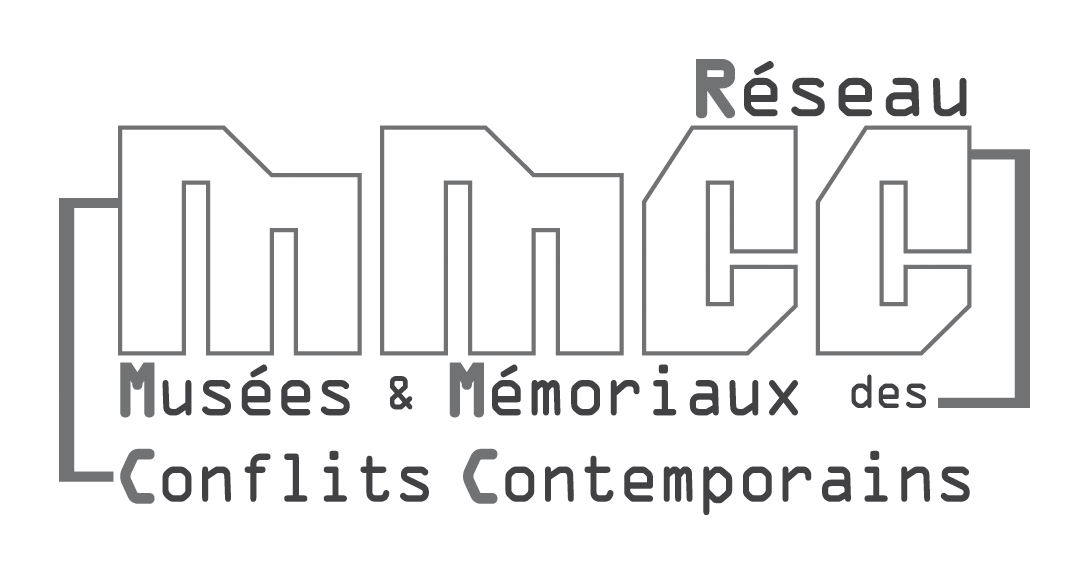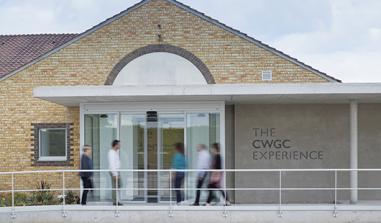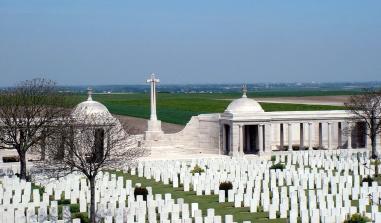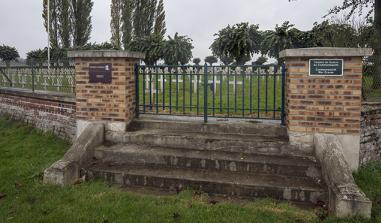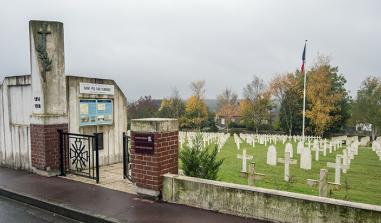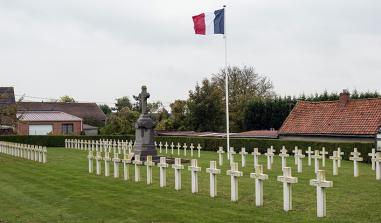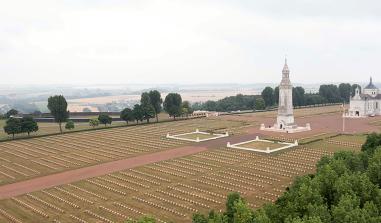Lens’ 14-18
War and Peace History Centre
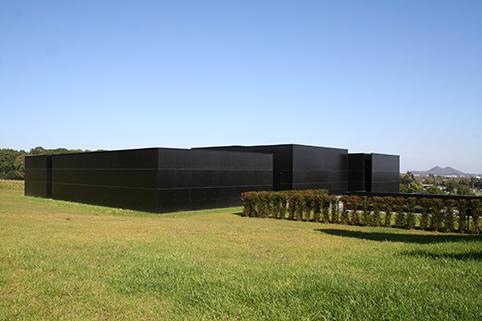
With free admission, Lens’ 14-18 is an interpretation centre presenting the battles and events of the First World War over the 55 miles of the 1914-18 front in the Nord-Pas-de-Calais region.
Its aim is to give visitors of all ages a sense of what everyday life was like for soldiers of all nationalities during the First World War.
Set at the foot of the hill of Notre-Dame-de-Lorette, Lens’ 14-18 presents the First World War on Nord-Pas-de-Calais soil.
The contemporary building, designed by architect Pierre-Louis Faloci, is comprised of black concrete cubes called ‘chapels’.
Using innovative museological techniques, this international interpretation centre has an outstanding collection of iconographic documents (maps, archives photographs, film footage from the period) and emblematic objects from around the world, which reflect the viewpoints of all the protagonists (French, Germans, British, etc.). There are nearly 400 large-format photos on display. Dynamic maps illustrate the different offensives, and some 20 archive films immerse visitors in the Great War.
The permanent exhibition, designed by an international scientific committee chaired by French historian Yves Le Maner, offers the keys to interpreting and appropriating the themes and chronology of the First World War. It establishes a coherent account of the events that took place in the Nord-Pas-de-Calais region between 1914 and 1918. The major stages of the conflict presented are: the mobile war and the trench system; the bloody offensives and the occupation of the Nord; the 1918 offensives and death on the front; and ruins and reconstruction.
The display at Lens’ 14-18 makes the history of the First World War in the Nord and Pas-de-Calais departments accessible to the general public. The events are presented in summarised form, and visits take approximately two hours. The high-quality photos, objects from the collection and dynamic maps are exclusive to the centre, and help give visitors a rapid overview of the conflict.
Nearly 580 000 soldiers of 40 nationalities died along the 60 miles of front line spanning French Flanders and Artois. Their names are remembered at the Ring of Remembrance, the International Memorial of Notre-Dame-de-Lorette, 1500 metres above sea level, and their army data sheets can be consulted free of charge on digital tablets in the remembrance area of the Lens’ 14-18 museum.
Set at the foot of the hill of Notre-Dame-de-Lorette, Lens’ 14-18 presents the First World War on Nord-Pas-de-Calais soil.
The contemporary building, designed by architect Pierre-Louis Faloci, is comprised of black concrete cubes called “chapels”.
Using innovative museological techniques, this international interpretation centre has an outstanding collection of iconographic documents (maps, archives photographs, film footage from the period) and emblematic objects from around the world, which reflect the viewpoints of all the protagonists (French, Germans, British, etc.). There are nearly 400 large-format photos on display. Dynamic maps illustrate the different offensives, and some 20 archive films immerse visitors in the Great War.
The permanent exhibition, designed by an international scientific committee chaired by French historian Yves Le Maner, offers the keys to interpreting and appropriating the themes and chronology of the First World War. It establishes a coherent account of the events that took place in the Nord-Pas-de-Calais region between 1914 and 1918. The major stages of the conflict presented are: the mobile war and the trench system; the bloody offensives and the occupation of the Nord; the 1918 offensives and death on the front; and ruins and reconstruction.
The display at Lens’ 14-18 makes the history of the First World War in the Nord and Pas-de-Calais departments accessible to the general public. The events are presented in summarised form, and visits take approximately two hours. The high-quality photos, objects from the collection and dynamic maps are exclusive to the centre, and help give visitors a rapid overview of the conflict.
Nearly 580 000 soldiers of 40 nationalities died along the 60 miles of front line spanning French Flanders and Artois. Their names are remembered at the Ring of Remembrance, Notre-Dame-de-Lorette International Memorial, 1500 metres above sea level, and their army data sheets can be consulted free of charge on digital tablets in the remembrance area of the Lens’ 14-18 museum.
Sources: © Lens’ 14-18 - Centre d’Histoire Guerre et Paix
Local tourist office: Office de Tourisme et du Patrimoine de Lens-Liévin, 58, rue de la Gare - 62300 Lens
Tel.: +33 (0)3 21 67 66 66
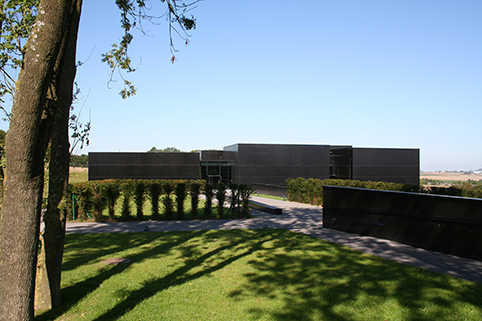
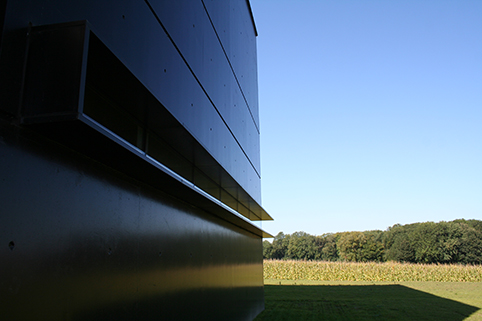
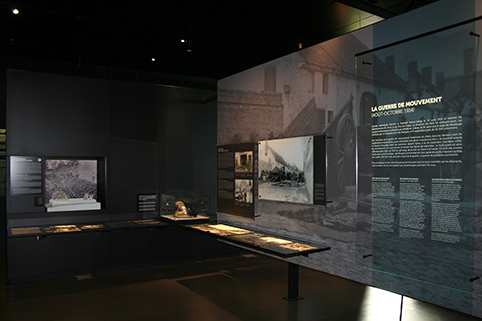
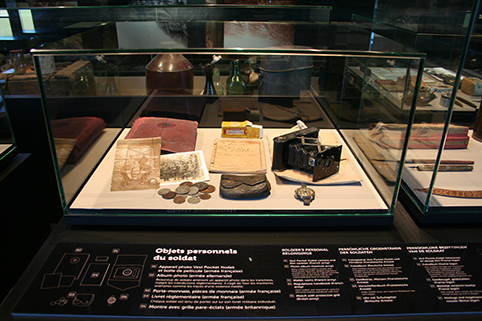
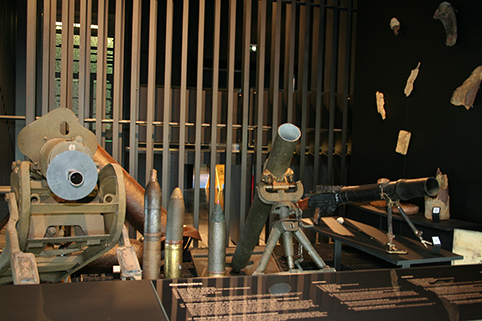
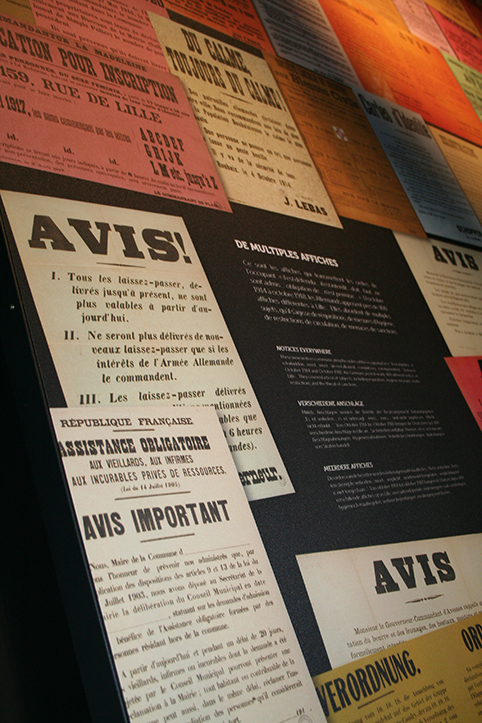
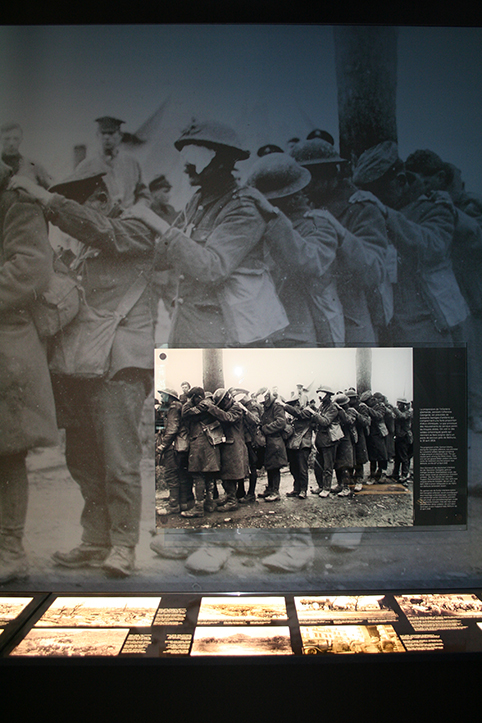
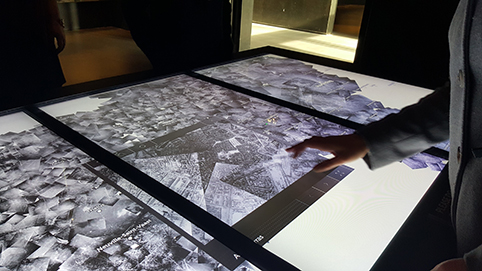
Practical information
102 rue Pasteur 62153
SOUCHEZ
03 21 74 83 15
Free admission. For information on guided tours, visit www.lens14-18.com Free tour: Yes. Audioguide: € 3. Guided tours every Sunday at 3 pm: full price € 6, concessions € 3 or free of charge.
Tuesday to Sunday, 10 am to 6 pm, April to mid-November Tuesday to Sunday, 10 am to 5 pm, mid-November to March
January


